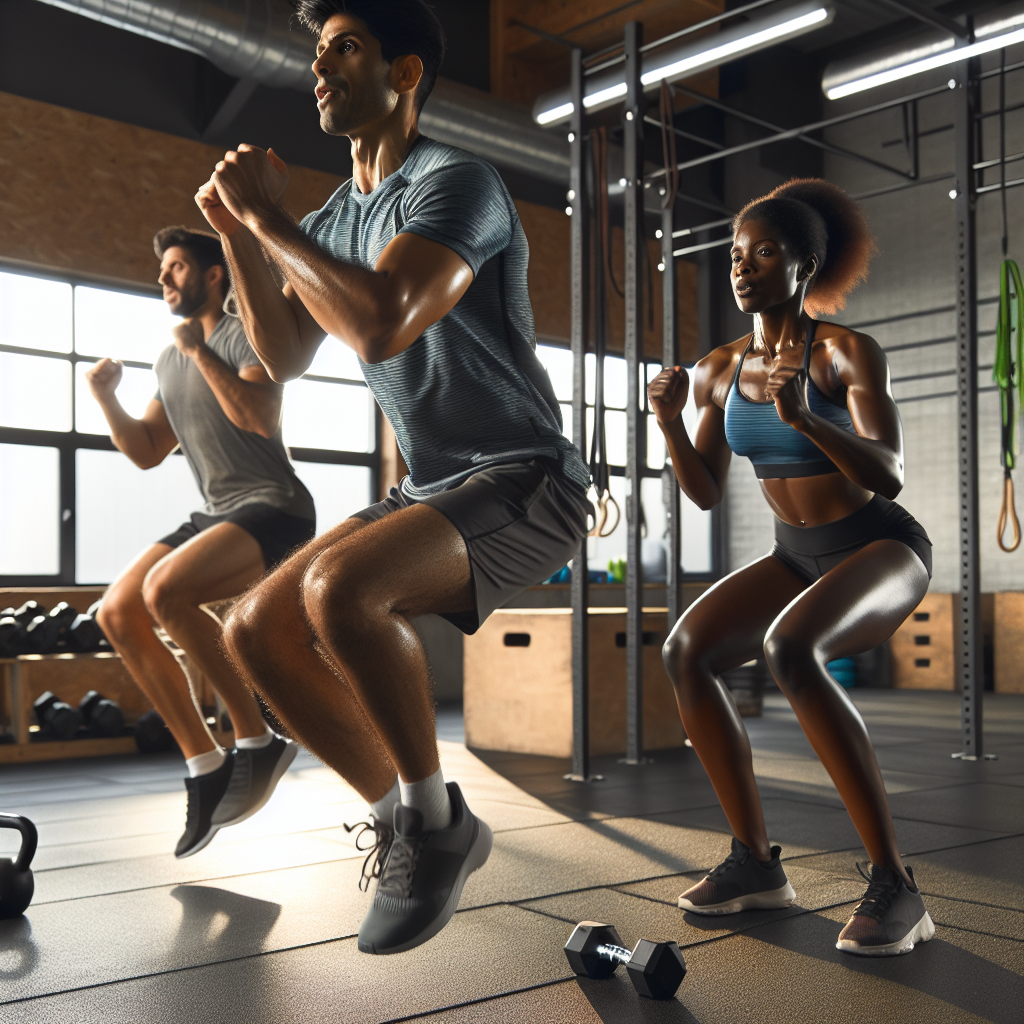Hitting a fitness plateau can be one of the most frustrating experiences for anyone dedicated to their workout regimen. Despite your best efforts, there comes a time when progress seems to stall, weights that once felt manageable now refuse to budge, and the mirror no longer reflects the changes you’ve been working so hard to see. This is a common issue, but fear not—there are advanced techniques that can help you break through these plateaus and continue on your journey to peak physical fitness.
Understanding Fitness Plateaus
Before diving into the solutions, it’s crucial to understand what a fitness plateau is. A plateau occurs when the body adapts to the exercise routine it’s being subjected to. This adaptation is a natural and expected part of the fitness journey. Initially, the body responds quickly to new stimuli, but over time, these responses diminish as the body becomes more efficient at performing the same tasks.
The Role of Progressive Overload
To overcome a fitness plateau, the principle of progressive overload must be applied. This means continuously increasing the demands on your musculoskeletal system to make gains in muscle size, strength, and endurance. It’s not just about adding more weight; it can also mean increasing volume, altering rest periods, or changing the type of exercise performed.
Advanced Techniques to Break Plateaus
Implementing advanced training techniques can introduce the necessary variation and intensity into your workouts to push past plateaus. Here are some methods that can reignite progress:
1. Periodization
Periodization involves structuring your workout program into distinct phases. Each phase focuses on different goals like building strength, endurance, or power, and includes varying sets, reps, and intensity levels. This approach keeps the body guessing and forces it to adapt to changing demands.
2. Drop Sets
Drop sets involve performing an exercise until failure, then reducing the weight and continuing to do more reps until failure is reached again. This technique pushes your muscles beyond their normal fatigue point, promoting hypertrophy and endurance.
3. Supersets and Compound Sets
Supersets combine two exercises performed back-to-back with no rest in between. When the exercises work opposing muscle groups, it’s called a superset, and when the same muscle group is targeted, it’s a compound set. Both methods increase the intensity by reducing rest time, leading to enhanced muscle endurance and growth.
4. Eccentric Training
Eccentric training focuses on slowing down the elongation process of the muscle, putting more tension on it during the negative phase of the movement. This can lead to significant strength gains since muscles can handle more weight on the eccentric portion of a lift.
5. Plyometrics
Plyometric training involves explosive movements that improve power—such as jump squats and box jumps. This type of training recruits fast-twitch muscle fibers and enhances neuromuscular efficiency.
Overcoming Plateaus with Lifestyle Adjustments
In addition to modifying your workout routine, it’s essential to consider lifestyle factors that can contribute to plateaus, such as dietary supplements that may provide the additional nutrients required for muscle recovery and growth.
Nutrition and Recovery
Optimizing your diet for recovery is crucial. This means consuming adequate protein, carbohydrates, and healthy fats, along with ensuring proper hydration. Furthermore, sleep and rest cannot be overlooked as they are when the body repairs and builds muscle.
Mental Strategies
Sometimes, a plateau is as much mental as it is physical. Employing mental strategies for overcoming gym intimidation can also play a significant role in breaking through a plateau. A positive mindset, goal setting, and visualization can all aid in pushing past mental barriers that may be hindering your physical performance.
Complementary Practices for Breaking Plateaus
Incorporating Yoga and Flexibility Training
Yoga and flexibility training can be instrumental in overcoming plateaus. Using yoga to enhance muscular recovery and flexibility ensures that your muscles are loose and well-functioning, which can improve performance in your primary exercise modalities.
Cross-Training
Cross-training involves participating in different types of exercises or sports, which can help improve overall fitness and prevent overuse injuries. This type of training can also re-ignite one’s passion for fitness by keeping the routine varied and interesting.
Cardiovascular Training
Don’t underestimate the power of cardiovascular training for athletes. While it’s often associated with endurance, it can also provide the stamina necessary for high-intensity strength workouts, supporting overall fitness goals.
The Science Behind Plateaus
Understanding the biology of muscle hypertrophy can also provide insight into why plateaus happen and how to overcome them. Knowing how muscles grow and repair can guide your training decisions and help you structure your workouts more effectively.
External Resources for Further Reading
To further your understanding and find more advanced techniques, here are some highly specialized resources:
- Exploring the Science of Muscle Recovery – A comprehensive study on the processes involved in muscle recovery.
- Psychological Strategies in Competitive Sports – An exploration of the psychological aspects that can affect athletic performance.
- Periodization: Theory and Methodology of Training – A detailed analysis of how periodization influences strength training outcomes.
By leveraging these advanced techniques and integrating comprehensive lifestyle changes, you can break through those stubborn fitness plateaus. Remember, the key is to stay committed, be patient, and keep challenging your body in new and innovative ways.
In conclusion, while fitness plateaus can be disheartening, they are not insurmountable. With the right combination of advanced training techniques, lifestyle adjustments, complementary practices, and an understanding of the science behind muscle development, you can push past these hurdles and continue on your path to peak fitness. Stay informed, stay motivated, and most importantly, stay moving. Your breakthrough is just around the corner.



